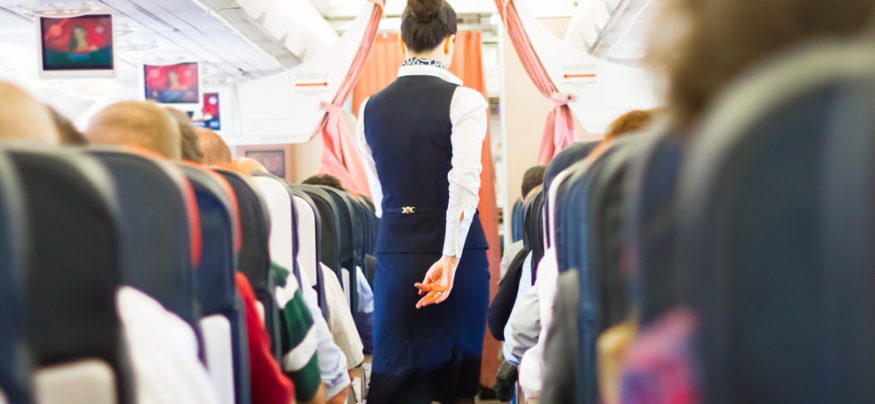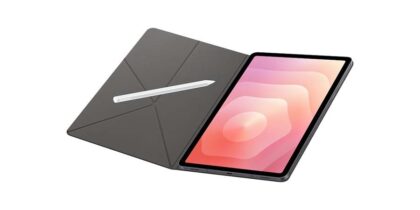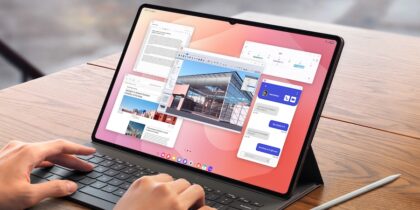Airlines are leveraging mobile devices and the growing availability of Wi-Fi aboard aircraft to allow passengers to shop even while flying. The availability of mobile point-of-sale (POS) solutions, either through a flight attendant or self-service smart devices, has given the airline industry new ways to generate revenue and deepen customer relationships. For example, passengers on board some Cathay Pacific and Dragonair flights can browse TripAdvisor and book hotels while in the air. On some other airlines, passengers can peruse the duty-free shop either on their in-flight entertainment device or their own tablet or smartphone. These in-flight digital experiences can lead to increased customer satisfaction and additional revenue for carriers.
The Impact of Ancillary Revenue
According to a 2015 report by CarTrawler, the airline industry brought in almost $50 billion in ancillary revenue in 2014, a 17-percent increase over the previous year. Ancillary revenue is generated by activities beyond the simple basic transportation of customers, such as seat upgrades, food and beverage purchases, frequent flier program transactions, hotel and rental car bookings and arrangements at the destination. By 2020, travel solutions provider Amadeus estimates that the industry’s ancillary revenue could reach $130 billion as airlines maximize profitability. The current airline industry average is $8.27 profit per passenger, but onboard mobile point-of-sale systems could help airlines increase this number.
Ancillary revenue can mean more to an airline than boosting the bottom line. It can also create a stronger bond with the consumer, generating repeat customers and free word-of-mouth marketing. According to Patrick O’Neill, GuestLogix’s COO and managing director of its business unit, “The number-one priority is to improve the customer experience.” GuestLogix is a leading provider of in-flight entertainment and ancillary revenue solutions that processes more than a billion transactions a year in 144 countries.
GuestLogix research identified 22 consumer touch points throughout an airline purchasing journey, including initial online ticket sales and in-air beverage purchases from the flight attendant. However, during that journey, the average traveler often finds siloed programs and processes, such as different travel package offerings on the website, at the gate and in the airport lounge. “The top priority for airlines is to figure out how they are going to better streamline that process so it is better aligned with how the customer would expect the journey to unfold,” O’Neill said.
The Onboard Mobile POS Market is Maturing to the Next Level
O’Neill said that the ancillary revenue market is somewhere in the second stage of three stages of maturity. The first stage is grasping the obvious opportunities, such as baggage, food and beverage, seat upgrade, duty-free shopping and trip insurance fees. Most airlines are doing that to some extent. The industry is now in the second stage, where airlines offer onboard purchases of bundled items such as ground transportation, hotel and rental car packages and destination activities. Onboard features such as these offer passengers peace of mind in the case of a delayed flight, which could impact their travel arrangements. It can also help those with constantly changing plans, such as business customers. By allowing passengers to fulfill their ground needs while in-flight, airlines can provide a more comfortable, relaxed journey.
For an average trip, an airline captures about 30 percent of a passenger’s total travel budget. The remaining 70 percent is spent on the ground. The third stage of ancillary revenue is to capture a greater share of this budget via onboard mobile POS solutions. To do this, airlines will have to make better use of the data regarding travelers’ spending habits. Analytics can provide targeted marketing and product offerings that show passengers what they’re most likely to need. This leads to a more satisfying purchasing experience.
“There will have to be a whole ecosystem as the customers go through all the 22 touch points. It needs to be seamless and well-coordinated,” O’Neill said. “Airlines will want to offer the right things at the right time at the right price. The more times you interact with your customer, the more likely the conversion rate will increase.”
Onboard Mobile POS Enables New Consumer Behavior
Airlines are using different models for onboard POS systems. Some rely on flight attendants to fulfill purchases. Others opt for consumer systems, such as seatback screens or tablets for each seat. American Airlines chose to provide the Samsung Galaxy Note tablets to its 17,000 flight attendants, according to CITEworld. The attendants have a plethora of tools available at their fingertips, including individual passenger information and a suite of applications with mobile point-of-sale processing. These solutions allow them to leave behind bulky paper reports and access passenger data in real time. Mobile POS allows flight attendants to deliver quick, efficient service to passengers and cater to specific needs. For in-flight meals, a customer can place an order beforehand and list any food allergies. Attendants can then see all the information on their devices, prepare the meal accordingly and then have the passenger sign to complete the purchase. Workers can also view seat assignments for elite-level frequent fliers and bring them a standing order, like a favorite drink.
GuestLogix, in collaboration with Samsung, offers a proprietary peripheral payment sleeve for some flight-attendant POS solutions, which allows attendants to swipe credit cards and accept payment from mobile devices. With an omnichannel approach, the airline can extend the shopping experience from the aircraft into airport shopping and destination activities, letting customers purchase on board, verify reservations via a mobile device and then pick up the product or check into the activity on the ground.
As mobile POS technology is deployed by more airlines, it will trigger a cultural shift for consumers. “Now, travelers don’t think about shopping for destination activities on the aircraft, so there’s a change in consumer buying behavior that has to happen,” O’Neill said. “This technology is well-proven on the ground, and Samsung is one of the major contributors to the next generation of customer experience in the air.”








